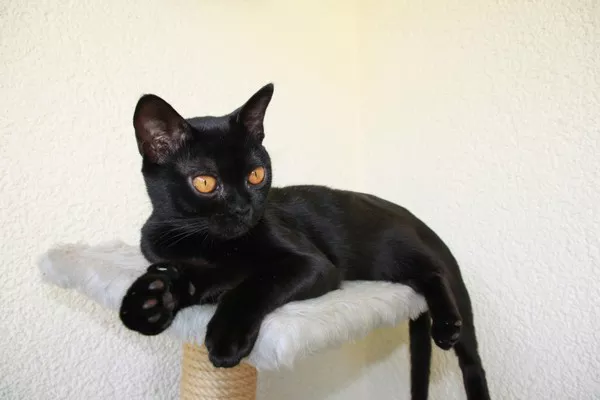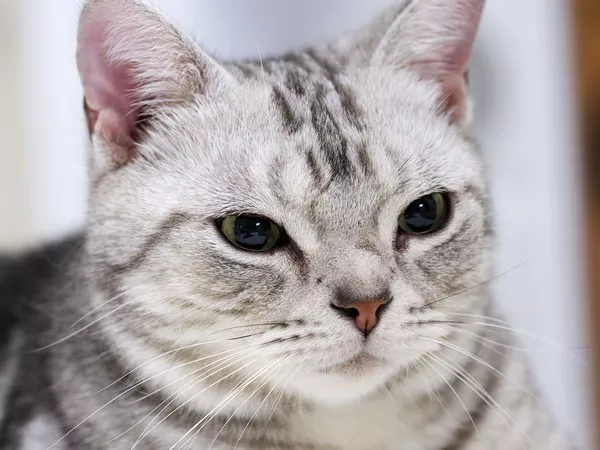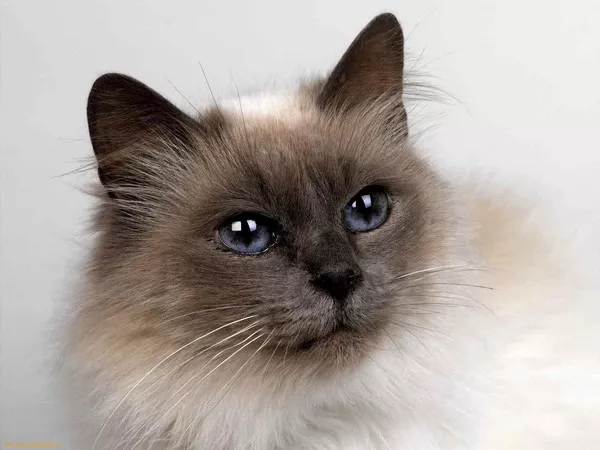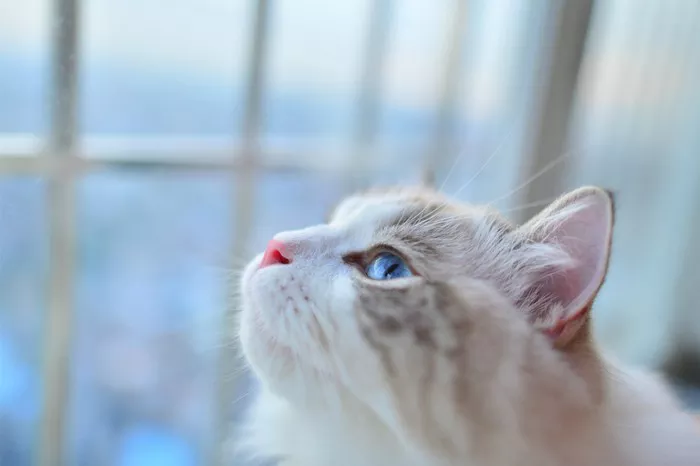Cats, our enigmatic and charming companions, come in a kaleidoscope of colors that captivate the hearts of pet enthusiasts worldwide. While many feline hues grace our homes and social media feeds, there exists an elusive category that piques curiosity—the rarest cat colors. In this in-depth exploration, we embark on a journey to understand the science, genetics, and cultural significance behind these unique fur shades, unraveling the mystery of what truly defines the rarest cat colors.
Defining Rarity in Cat Colors
Rarity in cat colors is not solely determined by aesthetics; it is deeply rooted in the intricate world of feline genetics. Understanding the factors that contribute to specific coat colors requires a journey into the feline genome—a complex landscape that governs the expression of pigments and patterns in a cat’s fur.
The Role of Genetics in Cat Coat Colors
Melanin Magic: Black and White Charisma
The primary players in cat coat coloration are eumelanin (black pigment) and pheomelanin (red or orange pigment). The intricate dance between these pigments, controlled by specific genes, gives rise to the spectrum of cat colors we adore. Solid black or white coats often result from the dominant expression of these pigments.
Ode to Ombre: Tabby Patterns and Beyond
Tabby patterns, characterized by stripes, spots, and swirls, add complexity to feline aesthetics. The agouti gene dictates whether a cat exhibits a classic tabby, mackerel tabby, or spotted tabby pattern, contributing to the richness of coat diversity.
Red, Cream, and the Calico Conundrum
The interplay of genes on the X chromosome determines the presence of red or cream fur. Female cats, with two X chromosomes, can exhibit both red and black colors, leading to the mesmerizing calico or tortoiseshell patterns. Male cats, with only one X chromosome, typically display either red or black fur.
Unveiling the Rare Gems: The Rarest Cat Colors
Chocolate and Lilac Delicacies
Often associated with specific breeds like the Havana Brown and the French Lilac, chocolate and lilac coats result from the expression of recessive genes. The muted elegance of these colors adds an air of sophistication to these rare feline gems.
Cinnamon and Fawn Mystique
Cinnamon and fawn hues, observed in breeds like the Abyssinian and the Singapura, showcase the beauty of dilution genes. These genes soften the traditional black or brown colors, resulting in a warm and delicate palette that mesmerizes cat enthusiasts.
The Silver Lining: Shaded and Chinchilla Wonders
Silver-coated cats, characterized by a shimmering effect, are admired for their ethereal beauty. The shaded and chinchilla patterns, seen in breeds like the Persian, involve a combination of silver and other color genes, creating a captivating contrast.
The Cultural Significance of Rare Cat Colors
Historical Perspectives on Cat Colors
Throughout history, certain cat colors held cultural significance. In ancient Egypt, black cats were revered and associated with the goddess Bastet, symbolizing protection and good fortune. Understanding the cultural context adds depth to our appreciation of these rare feline hues.
Modern Perceptions and Trends
Contemporary perceptions of cat colors are influenced by cultural trends and preferences. Social media platforms often showcase rare cat colors, contributing to the popularity of certain breeds and patterns. The intersection of tradition and modern aesthetics shapes our evolving admiration for feline elegance.
The Conservation of Rare Cat Colors
Breed Preservation Efforts
Maintaining the integrity of rare cat colors involves responsible breeding practices and the preservation of genetic diversity within specific breeds. Breeders play a crucial role in sustaining the beauty and rarity of certain feline hues, emphasizing the importance of ethical breeding.
Genetic Health Considerations
While celebrating rare cat colors, it is essential to prioritize the overall health and well-being of feline companions. Genetic testing, responsible breeding, and veterinary care contribute to the longevity and vitality of cats with unique coat colors.
See Also: The Rarest Bengal Cat Color: Things You Want to Know
Conclusion
In unraveling the mystery of the rarest cat colors, we discover a captivating tapestry woven by genetics, cultural influences, and the dedication of breed enthusiasts. Each rare cat color tells a story of genetic complexity, historical significance, and contemporary allure. As we celebrate the elegance of these feline rarities, let us also embrace the responsibility of preserving their unique beauty for generations to come.



























